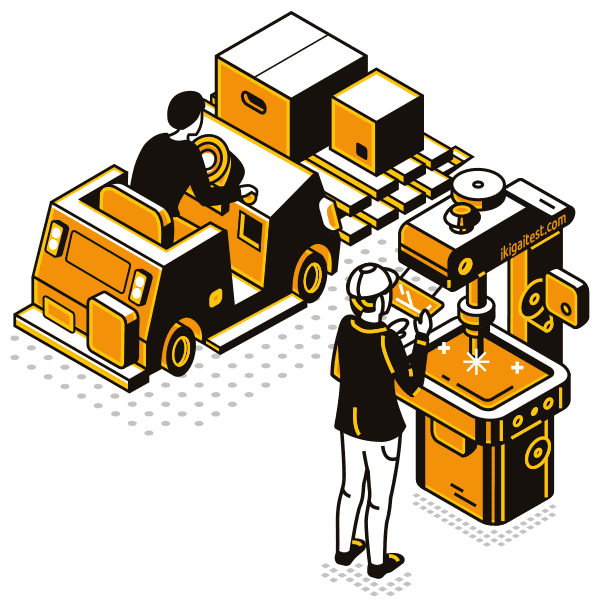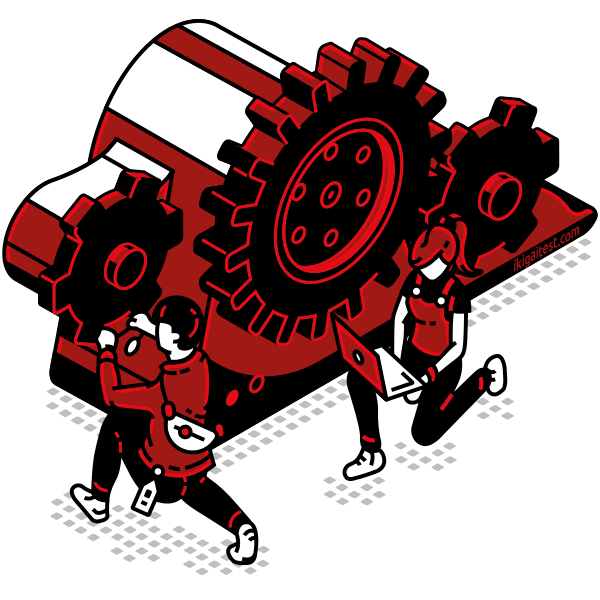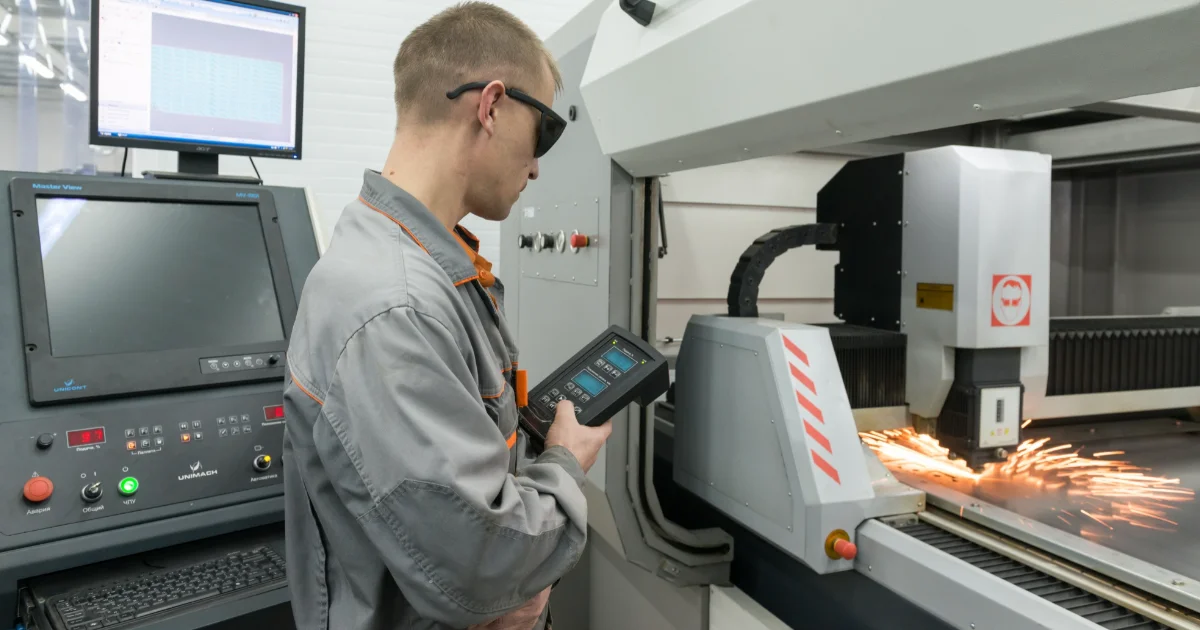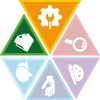Operator

Operators are expected to be good at:
- Using either control mechanisms or direct physical activity to operate manufacturing systems.
- Working with hand operated industrial machines and power tools.
- Adjusting knobs, levers, and physical or touch sensitive buttons in industrial devices.
- Running, maneuvering, navigating, or driving vehicles or mechanized equipment, such as forklifts, passenger vehicles, aircraft, or watercraft.
Technician

Technicians will often be asked these tasks:
- Providing documentation, detailed instructions, drawings, or specifications to tell others about how devices, parts, equipment, or structures are to be fabricated, constructed, assembled, modified, maintained, or used.
- Using computers and computer systems (including hardware and software) to program, write software, set up functions, enter data, or process information.
- Servicing, repairing, calibrating, regulating, fine-tuning, or testing machines, devices, and equipment that operate primarily on the basis of electrical or electronic (not mechanical) principles.
Other work activities related to Computer numerically controlled machine tool programmers, metal and plastic
- Determining the sequence of machine operations, and selecting the proper cutting tools needed to machine workpieces into the desired shapes.
- Revising programs or tapes for eliminating errors, and retest programs to checking that problems have been solved.
- Analyzing job orders, drawings, blueprints, specifications, printed circuit board pattern films, and design data for calculating dimensions, tool selection, machine speeds, and loading rates.
- Determining reference points, machine cutting paths, or hole locations, and computing angular and linear dimensions, radii, and curvatures.
- Observing machines on trial runs or conducting computer simulations for ensuring that programs and machinery will function properly and producing items that meet specifications.
- Entering coordinates of hole locations into programs memories by depressing pedals or buttons of programmers.
- Writing programs in the language of a machine’s controller and storing programs on media such as punch tapes, magnetic tapes, or disks.







